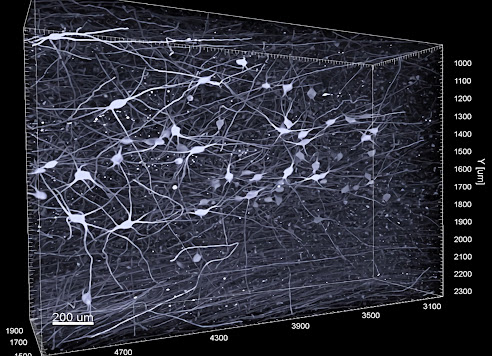 |
| Hunting of a deer. Wall painting, 6th millennium BC. Museum of Anatolian Civilizations, Ankara. Image source: Wikimedia Commons |
For decades now, archaeologists wielded the tools of their trade to unearth clues about past peoples, while ecologists have sought to understand current ecosystems. But these well-established scientific disciplines tend to neglect the important question of how humans and nature interacted and shaped each other across different places and through time. An emerging field called archaeoecology can fill that knowledge gap and offer insights into how to solve today’s sustainability challenges, but first, it must be clearly defined. A new paper by SFI Complexity Fellow Stefani Crabtree and Jennifer Dunne, SFI’s Vice President for Science, lays out the first comprehensive definition of archaeoecology and calls for more research in this nascent but important field.
While an archaeology or palaeobiology study might examine a particular relationship, such as how humans in New Guinea raised cassowaries during the Late Pleistocene, archaeoecology takes a much broader view. “It’s about understanding the whole ecological context, rather than focusing on one or two species,” Dunne explains.









.jpg)



.jpg)

